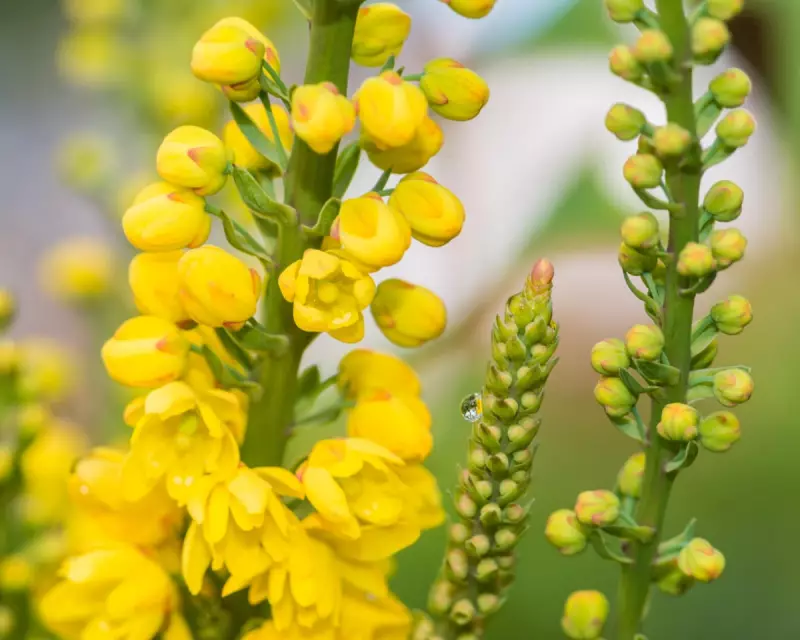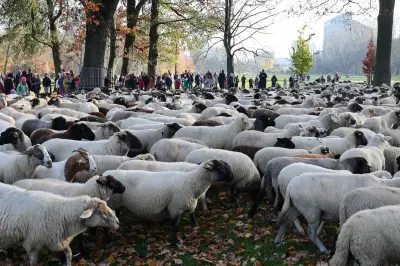
For centuries, the delicate dance between flowers and their pollinators has been romanticised as a gentle, passive affair. But new scientific research pulls back the curtain on a far more dramatic and explosive world of botanical warfare, where flowers are active participants in their own reproduction.
A groundbreaking study has uncovered the sophisticated biomechanics hidden within a flower's male parts, the stamens. Far from being static pollen holders, these structures are revealed as intricate, spring-loaded traps primed for action.
The Hidden Spring-Loaded Mechanism
The research focused on the precise moment a pollinator, such as a bee, lands on a flower. Using high-speed cameras and microscopic analysis, scientists observed that the stamens don't just release pollen; they unleash it. Built-in mechanisms, like tiny biological springs and levers, allow the stamen to store elastic energy. When triggered by the weight or vibration of an insect, this energy is released in a fraction of a second.
The result is a powerful, targeted blow that smothers the unsuspecting pollinator's body with a cloud of pollen, drastically increasing the chances of successful fertilization as the insect moves to the next flower.
An Evolutionary Masterpiece
This discovery shatters the old notion of flowers as passive beneficiaries of insect activity. Instead, they are now understood to be highly evolved structures with active strategies for survival. This 'powder keg' mechanism is a testament to millions of years of evolutionary fine-tuning, ensuring that no visit from a potential pollinator goes to waste.
The efficiency of this system is remarkable. By actively depositing pollen directly onto the pollinator's body rather than waiting for it to be brushed off, flowers guarantee a much higher rate of successful transfer to other blooms.
Implications for Science and Conservation
Understanding these complex interactions is more than just a fascinating botanical insight. It has profound implications for conservation efforts and agriculture. Many food crops rely on animal pollinators, and comprehending the precise mechanics of pollination can help scientists develop better strategies to protect these vital species and ensure food security.
This research also opens new doors in the field of biomimetics, where nature's ingenious designs inspire human technology. The efficient, spring-loaded action of the stamen could inform the design of everything from precision agricultural equipment to micro-mechanical devices.
This hidden struggle, happening in gardens and meadows across the UK, proves that nature's most beautiful partnerships are often its most cunningly engineered.





